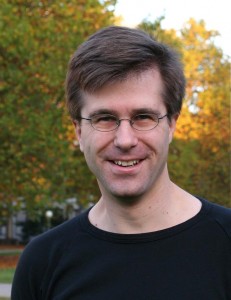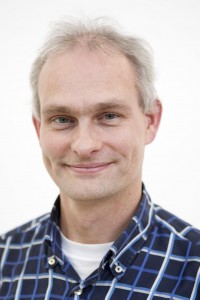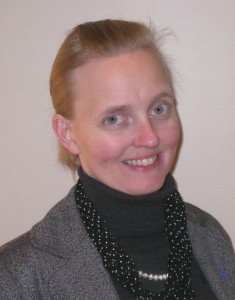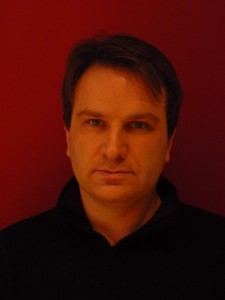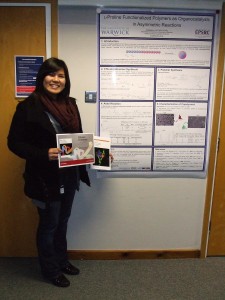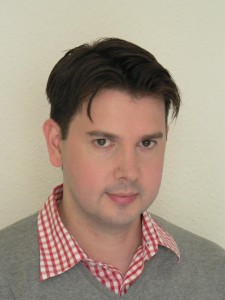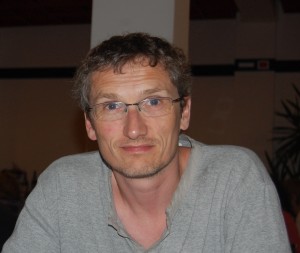
The research interests of Lian Hutchings (Department of Chemistry, Durham University) lie in the field of synthetic polymer chemistry and specifically the synthesis of polymers which are well controlled in terms of molecular weight, composition, functionality and chain architecture and the correlation of structure and properties. They exploit a variety of living/controlled polymerization mechanisms to achive that aim including living anionic polymerization, ATRP and RAFT. Moreover, they focus on preparation of DendriMacs, HyperMacs, Hyperblocks, end functionalized polymers and copolymers with controlled sequence. Please follow the link for further information on Lian’s research group and his current paper in Polymer Chemistry.
What was your inspiration in becoming a chemist?
I guess I have always been interested in science and cooking, even from an early age. However, my path into chemistry (which has much in common with cooking) was inspired by a fabulous organic chemistry teacher at school. Ken Dancer taught me organic chemistry from the age of 12-17 and he taught the subject in a way that not only made things crystal clear but also involved sufficient fun to maintain our interest. I suppose this was easier in the days when health and safety was not quite so all pervasive.
What was the motivation behind the research in your recent Polymer Chemistry paper?
Our recent paper in Polymer Chemistry forms part of an ongoing study into the use of multi end functionalised additives to modify polymer surface properties. We have been working in this area for a number of years and the present study allowed us to exploit living anionic polymerisation to systematically study the impact of the molecular weight of the additives upon their performance. No other polymerisation mechanism offers the same degree of control over molecular weight.
Why did you choose Polymer Chemistry to publish your work?
The RSC journals are very often our first port- of-call. We have published many papers in Soft Matter which we have always found to be an excellent journal with high impact and a pain free and rapid publication process. However, the current paper seemed much more in keeping with the scope of Polymer Chemistry which I believe will become an excellent addition to the RSC journals.
At which conferences can our readers expect to see you in 2011?
I am planning quite a busy year after a quiet one last year. So I intend to be in Granada for the European Polymer Congress in June, in Akron Ohio in July for IP 2011, the only conference focussed on ionic polymerisation and I am looking forward to visiting South Korea for the Pacific Polymer Conference in November.
How do you spend your spare time?
I wish! At present it appears that every spare moment is taken up with the launch of the new Durham Centre for Soft Matter. However, I try to get some quality time each day with my wife Alli, and twin daughters Amy and Charlotte.
Which profession would you choose if you were not a scientist?Possibly a chef, a forest manager or a financial advisor!











